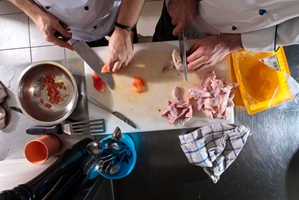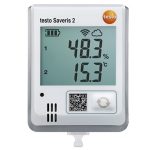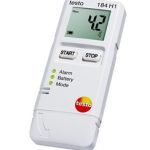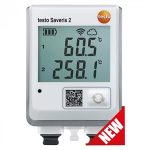Correct preparation and cooking procedures is essential in the food industry, as failure to adhere to these can ruin more than just a meal.
Food safety is an important practice that needs careful consideration to ensure food does not carry harmful bacteria when it is served. Luckily, there are gadgets that can assist with food preparation, eliminating the risk of disease.
The following is a case study on Campylobacter, and how Testo instruments can prevent it from appearing in food.
Campylobacter – The Facts
Campylobacter is a type of bacteria that can cause infection in humans, sparking nasty side effects. Campylobacteriosis usually results in symptoms that are common to most forms of food poisoning, with diarrhoea, fever, abdominal pain and cramping usually appearing in victims.
The disease can be even worse if the bacteria is allowed to enter the bloodstream. In these cases it can be fatal, however, this is rare.
Campylobacteriosis is spread to those who consume food or drink that has been contaminated with the bacteria, commonly chicken, unpasteurised milk or water. It can also be spread through contact with infected people or animals, creating extra risk if an outbreak occurs.
Preparation guidelines
Before considering any methods specific to preventing campylobacter, any food preparation facility needs to ensure that it is following best practice for hygiene in general. This includes basic measures such as washing hands, wearing protective clothing such as gloves or hair nets, and washing down contaminated surfaces.
Best practice for all food prepared professionally or privately involves being aware of any risks associated with the ingredients in use. These should then be dealt with accordingly as they arise.
Chicken is particularly at risk of campylobacter infection, and care must be taken when cooking and storing it. This is because the likelihood of the bacteria growing is heavily dependent on temperature.
According to a study produced by Monash University, consideration of storage temperatures are also necessary to avoid contracting the bacteria. The research found that campylobacter is likely to emerge at near freezing temperatures, like those found in refrigerators. This highlights the need to freeze meat that is not intended to be cooked to prevent the spread of disease.
The NSW government recommends that hot food be kept at above 60 degrees Celsius to ensure it is safe to eat. Campylobacter cannot survive at temperatures this high, hence the reason for the guidelines.
Testo instruments such as the 106 digital Thermometer make it easy to check this at any time during the cooking or serving process in restaurants or at home.









 Reduce cooking oil costs while ensuring quality
Reduce cooking oil costs while ensuring quality Expert knowledge on CO2 monitoring
Expert knowledge on CO2 monitoring Refrigeration knowledge - in 3 modules
Refrigeration knowledge - in 3 modules



